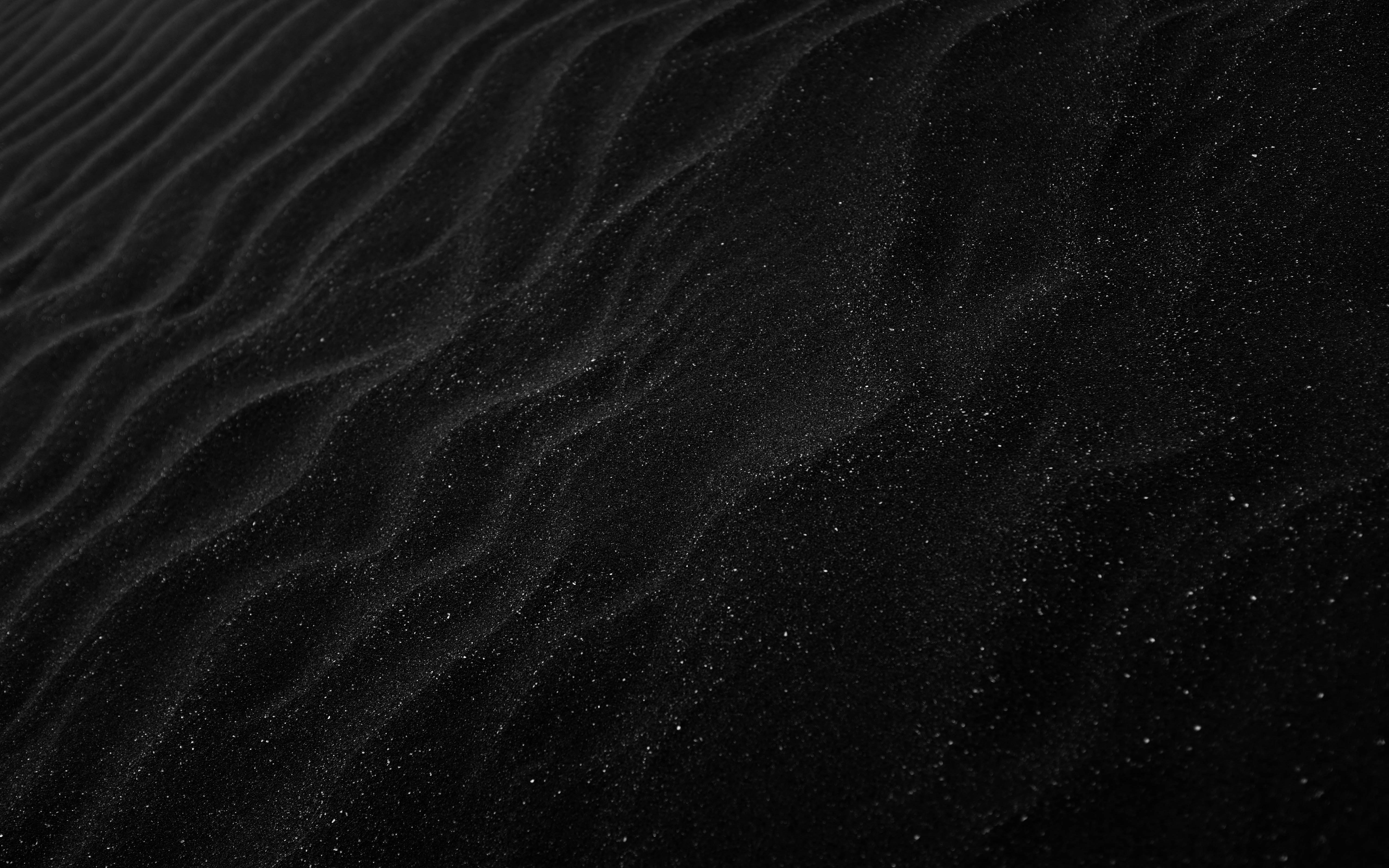
4 minute read
Claire Nelson
SURFING requires foresight and agility. Depending on the board you ride the equation changes. I typically ride an 8 foot board, allowing me to surf in a variety of conditions with an equal amount of foresight and agility.
However, surfing on a 12 foot, wooden board requires a shift in the equation. More foresight is needed to adjust for the loss of agility. Interestingly, the larger board offers a head start on the crowd because you can sit further out on the break and catch the wave before everyone else. However, quick turns and last minute drop-ins are impossible. The
advantages of foresight allow you to think and act far ahead of the curve, but that does not mean the advantages of agility Manatee should be ignored. Both are important. This surfing experience inspired my thinking about how ocean creatures might balance foresight and agility. Schools of fish, manatee, whales and dolphins came to mind. As you can see in the four box scenario below, ocean creatures provide a unique perspective on what it might look like to balance foresight and agility. You can then apply the four scenarios to evaluate your organization’s ability to
The manatee has low foresight with low agility. It is challenging for a manatee to navigate change successfully. For example, in Florida at least 593 manatee died due to boating accidents in 2020. Their inability to adjust to the changes in their environment have made them increasingly vulnerable. Some signs your organization is in the manatee category could include: no foresight programs, robust centralized systems and processes, and slow to make changes even when necessary.
School of Fish
The School of fish has low foresight with high agility. The school of fish might not know what is coming next, but as soon as something emerges they can quickly adapt through decentralized, agile movements. One interesting thing is that fish in a school typically move based on physical sensory stimulus, meaning they almost need to be nudged to make a decision to move, when they make a decision the change can happen rapidly. However, even with high agility the low level of foresight does come at a cost. Predators gobble up large amounts of the school that cannot move fast enough. Some signs your organization is in the school of fish category

avoid risks and take advantage of opportunities as they emerge in the future.
Manatee
The manatee has low foresight with low agility. It is challenging for a manatee to navigate change successfully. For example, in Florida at least 593 manatee died due to boating accidents in 2020. Their inability to adjust to the changes in their environment have made them increasingly vulnerable. Some signs your organization is in the manatee category could include: no foresight programs, robust centralized sysstems and processes, and slow to make changes even when necessary.
School of Fish
The School of fish has low foresight with high agility. The school of fish might not know what is coming next, but as soon as something emerges they can quickly adapt through decentralized, agile movements. One interesting thing is that fish in a school typically move based on physical sensory stimulus, meaning they almost need to be nudged to make a decision to move, when they make a decision the change can happen rapidly. However, even with high agility the low level of foresight does come at a cost. Predators gobble up large amounts of the school that cannot move fast enough. Some signs your organization is in the school of fish category could include: no foresight programs, highly decentralized, rapidly changing organization, and vulnerable to being absorbed by larger companies.
Whale
The whale has a high level of foresight with low agility. Just like surfing on a bulky longboard, the whale must make decisions to move well in advance of disruption. Whales use sonar to navigate well established migration paths. A low level of agility means that once they get moving in a direction it is difficult to change course. The whale can thrive in stable, unchanging environments, but if rapid change becomes a norm the whale is highly vulnerable. Some signs your organization is in the whale category; high level of foresight, robust centralized systems and processes, vulnerable to rapid changes in the market.
Dolphin
The dolphin has a high level of foresight with high agility. Dolphins utilize ultrasound and communication to enhance their capacity for foresight and agility. They are highly collaborative creatures that can harness collective knowledge to solve problems together. For example, In Florida, even though dolphins have a higher population than manatee they have a lower death rate due to boating accidents. Some signs your organization is in the dolphin category; high level of foresight, decentralized systems that can adjust rapidly, high levels of communication, collaboration and collective intelligence.
Foresight and Agility
Which category is your organization in; manatee, school of fish, whale or dolphin? As we move into a more complex, uncertain and exponentially changing (CUE) future, optimizing the balance between agility and foresight for your organization will become increasingly important.
If you want to find out more about how to utilize future intelligence to balance foresight and agility in your leadership team and organization then visit www.haku.global and learn more about training and development opportunities.
WFSF HAPPENINGS










